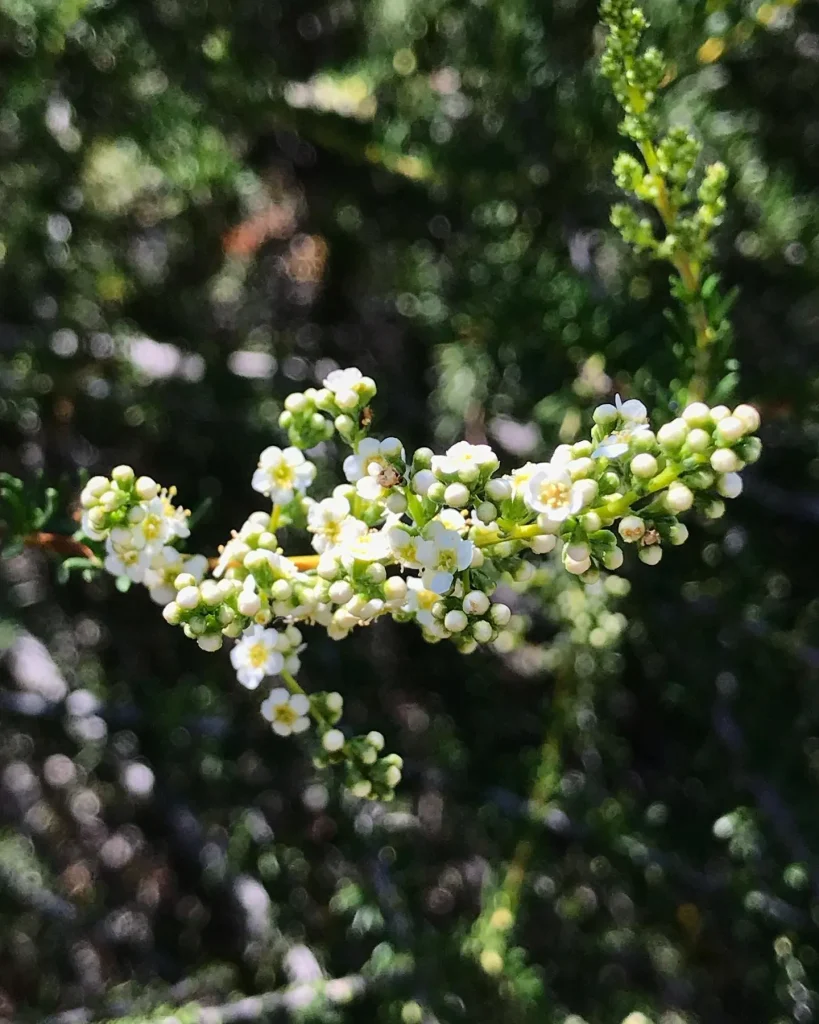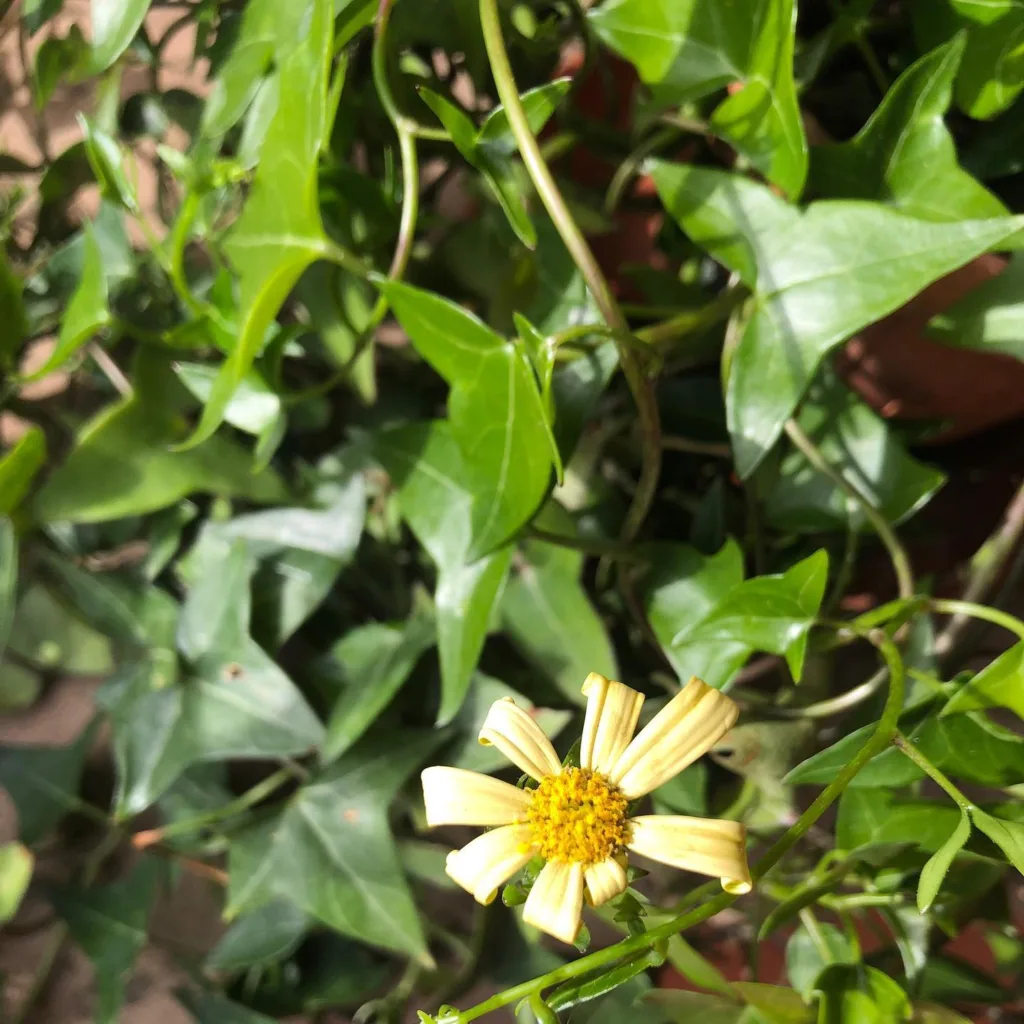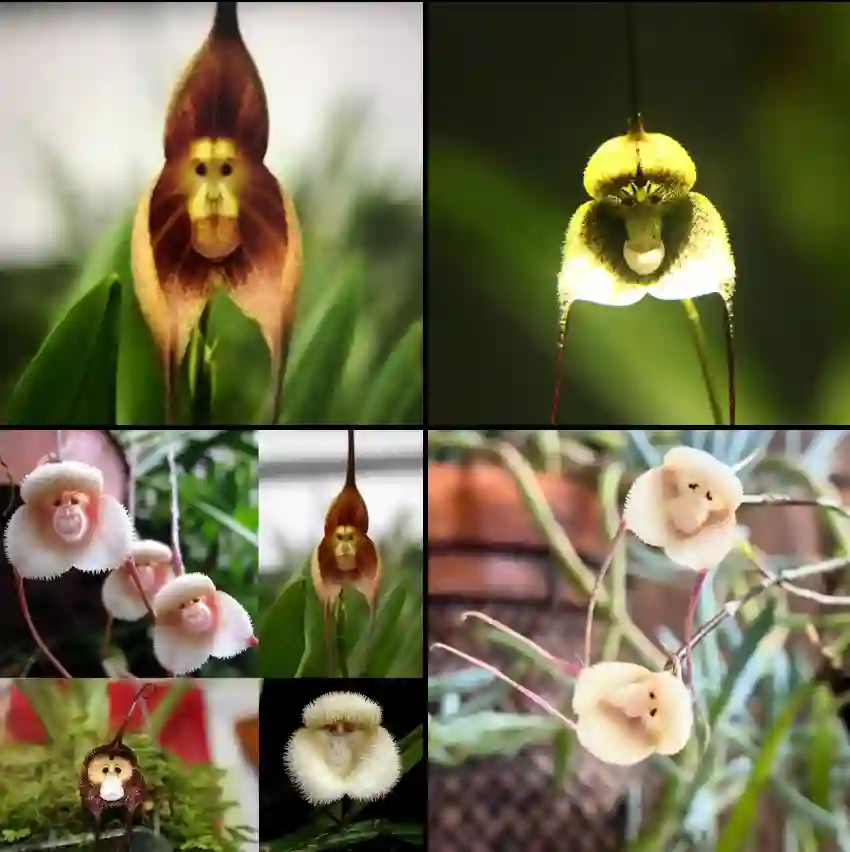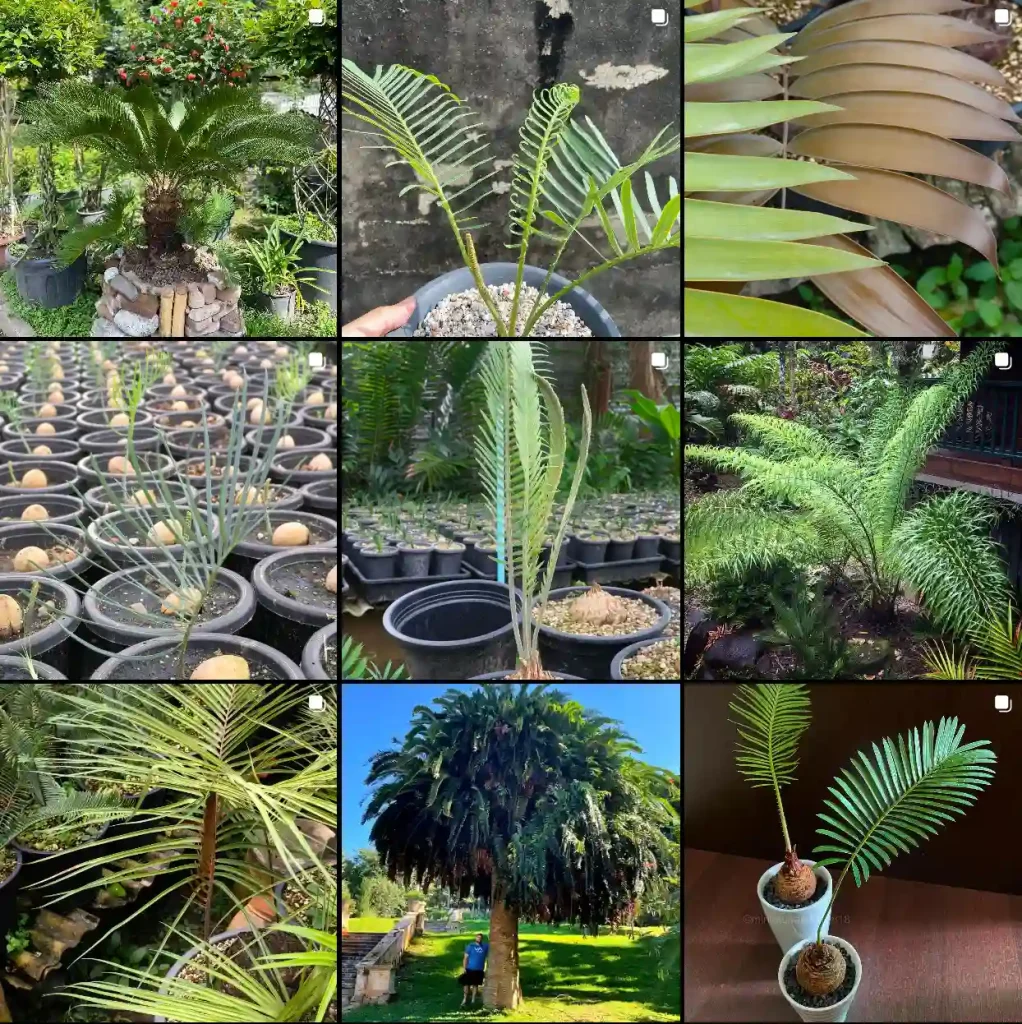Exploring the Unique Gyrostemonaceae Family
As an enthusiast of diverse plant families, I recently delved into the fascinating world of the Gyrostemonaceae family. This lesser-known family, primarily native to Australia, comprises five unique genera: Codonocarpus, Cypselocarpus, Gyrostemon, Tersonia, and Walteranthus. Each of these genera presents distinct characteristics that make them intriguing subjects for study and cultivation. Join me as I explore the traits, habitats, and significance of these plants.
Genera Overview
Codonocarpus
The Codonocarpus genus is notable for its resilient nature. These shrubs and small trees thrive in arid environments, displaying adaptability that allows them to flourish in tough conditions. The most recognized species, Codonocarpus cotinifolius, features dense foliage and can reach heights of up to 5 meters.
One aspect that captivates me about Codonocarpus is its ornamental value. The leaves have a unique texture and a pleasing color, making them attractive additions to gardens and landscapes. Their ability to withstand drought is a significant advantage in regions prone to water scarcity.
Cypselocarpus
Cypselocarpus may not be a household name, but it holds its own in the plant kingdom. This genus comprises small trees and shrubs, characterized by their woody stems and simple leaves. Cypselocarpus gracilis, one of the prominent species, is particularly appealing due to its slender growth habit and lush foliage.
In my experience, these plants have an understated beauty that makes them perfect for creating a serene garden atmosphere. They often thrive in sandy soils and can tolerate periods of drought, making them suitable for xeriscaping. I’ve found that incorporating Cypselocarpus into my garden not only enhances its aesthetic appeal but also promotes biodiversity.
Gyrostemon
The Gyrostemon genus is where things get truly interesting. It comprises mostly perennial herbs and shrubs with a distinct spiral arrangement of leaves, which adds a unique visual element. A well-known species, Gyrostemon reticulatus, showcases beautiful yellow flowers that attract various pollinators.
What I appreciate about Gyrostemon is its role in local ecosystems. These plants provide essential habitat and food sources for wildlife, particularly bees and butterflies. As I cultivate my garden, I prioritize planting species like Gyrostemon to support local pollinator populations. It’s gratifying to see the impact these plants have on my environment.
Tersonia
Tersonia is another intriguing genus within the Gyrostemonaceae family. Comprising shrubs with simple, opposite leaves, Tersonia species are adapted to various habitats, from coastal areas to dry woodlands. Tersonia arborea is one of the more recognizable species, growing into a tall shrub that can reach heights of up to 3 meters.
I’ve found Tersonia to be particularly resilient, often flourishing in challenging conditions. Its adaptability makes it an excellent choice for gardeners in regions with variable climates. The leaves, which can turn a vibrant green in the right conditions, add a refreshing touch to any landscape.
Walteranthus
Lastly, the Walteranthus genus rounds out the Gyrostemonaceae family. This group of small shrubs is characterized by its robust stems and simple, alternate leaves. The most notable species, Walteranthus jucundus, is known for its fragrant flowers that bloom in clusters.
What draws me to Walteranthus is its aromatic qualities. The fragrance of the flowers is a delightful addition to any garden, making it a favorite among gardeners and horticulturists. Plus, the plant’s compact size makes it ideal for smaller gardens or as an accent in larger landscapes.
Cultivating Gyrostemonaceae
Growing plants from the Gyrostemonaceae family requires a few considerations. Most species prefer well-draining soil and ample sunlight. I’ve found that a sandy or loamy mix works best for their roots, ensuring they get the nutrients they need without becoming waterlogged.
Additionally, these plants often thrive in xeric conditions, which means they can be excellent choices for drought-resistant landscaping. I’ve incorporated several species into my garden, appreciating their resilience and unique contributions to the overall landscape.
Conclusion
The Gyrostemonaceae family, with its intriguing genera—Codonocarpus, Cypselocarpus, Gyrostemon, Tersonia, and Walteranthus—offers a treasure trove of opportunities for gardeners and plant enthusiasts like me. Each genus boasts distinct characteristics that contribute to the beauty and ecological health of our environments. As I continue to explore and cultivate these plants, I am reminded of the importance of biodiversity and the role each species plays in our ecosystems.
Whether you’re looking to enhance your garden’s aesthetics or promote local wildlife, the Gyrostemonaceae family provides an excellent array of options. Embracing these plants in our gardens is not only beneficial for us but also for the vibrant life forms that depend on them. So, if you’re seeking a unique addition to your plant collection, consider the remarkable members of the Gyrostemonaceae family.
If i die, water my plants!



